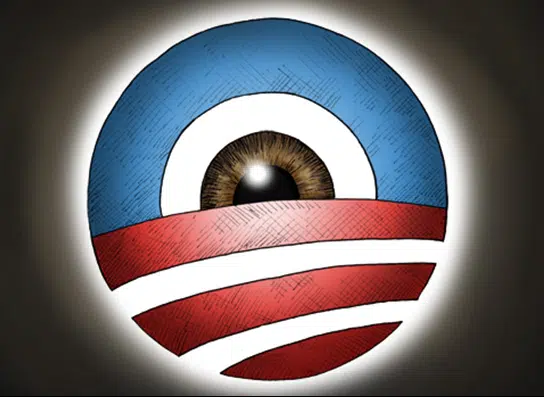Global debt outstanding, that is, all debts public and private, reached $100 trillion in mid-2013, the Bank for International Settlements (BIS) quarterly review revealed.
Credit outstanding has grown by more than $30 trillion since the financial crisis began in 2007.
When compared to data compiled by the Federal Reserve, the U.S. share of the $100 trillion is almost three-fifths — with about $58 trillion credit outstanding nationwide at the end of the second quarter in 2013.
In contrast, the $17 trillion U.S. gross domestic product only makes up a little less than one quarter the world’s total economic capacity, currently at about $74 trillion.
Consider that: The U.S. makes up about 23 percent of the global economy but owes upwards of 58 percent of worldwide debt. Believe it or not, that is actually down from 2007 when it owed almost 73 percent of debt worldwide.
Despite the drop, as a result, the U.S. still has an eye-popping debt-to-GDP ratio of 345 percent compared with the rest of the world’s 74 percent.
How can this be? What makes the U.S. so special?
Likely its unique position as being the world’s caretaker of the dollar as the reserve currency, which historically has led to a collapse in interest rates over the past 30 years. As a result the U.S. has been able to gulp up most of the world’s debt.
Although that might be starting to change. While global debt has increased by $30 trillion since 2007, U.S. debt has only gone up a comparative $7 trillion — 23 percent of the increase compared to its 58 percent share of total debt.
Why, then, with such a dramatic increase in debt has the economy been so sluggish? The answer may be that while it has been slow in the U.S. and Europe, it has been running rather hot in Asia, the Pacific, and other emerging markets.
This can be seen in the growth of credit worldwide averaging 7 percent each of the past five years, yet in the U.S. it has been tepid at only 2.4 percent. The difference has been fueled by a flight of capital into emerging markets since the 2008 crash.
But, BIS warns in its summary, “Financial development is good for growth, but only up to a point. Leonardo Gambacorta, Jing Yang and Kostas Tsatsaronis (BIS) estimate that growth rates fall once this threshold is crossed.”
Putting the lie to the Keynesian-monetarist paradigm that if you simply print, lend, and borrow enough, you can create prosperity, the BIS adds, “there is a point after which further growth in financial activity no longer contributes to growth but may even slow it down.”
Therefore, the party overseas likely will not last forever. Some financial analysts like Forbes.com’s Jesse Colombo have been at the forefront of warning of emerging markets credit bubbles.
“The powerful emerging market credit expansions have been propelling economic growth in those nations, but like all low interest rate-driven credit booms, they will come to an end when interest rates eventually normalize. Interest rates are already beginning to rise now that EM central banks are hiking their benchmark interest rates to shore up their currencies after their sharp recent declines,” Colombo wrote in February.
Meaning, overseas markets may be in for their own rounds of financial chaos sooner or later. Colombo concluded, “Despite this past year’s volatility, I do not believe that the emerging markets bubble has truly popped yet. I view currency weakness as a precursor to the ending of the overall EM bubble, but the actual popping will entail disastrous credit and property busts.”
Robert Romano is the senior editor of Americans for Limited Government.








